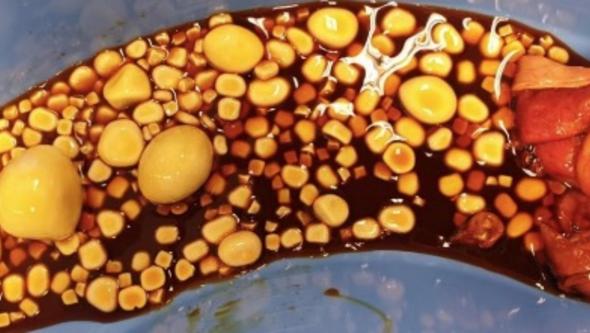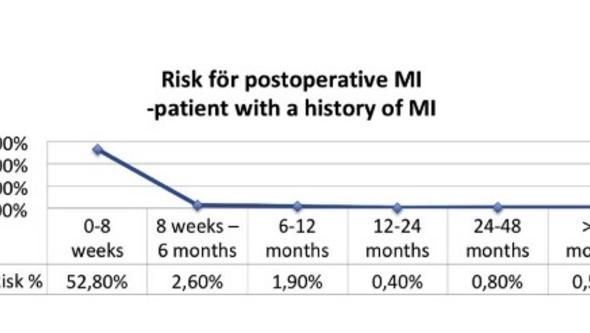Simon Pålsson - Gallstone-related symptoms and quality of life in patients undergoing gallstone surgery - The Gothenburg Gallstone Questionnaire (GGQ24)
Simon Pålsson defended his doctoral thesis in the research subject of surgery, May 20, 2022
The title of his/her thesis is – Gallstone-related symptoms and quality of life in patients undergoing gallstone surgery The Gothenburg Gallstone Questionnaire (GGQ24)
MORE INFORMATION ABOUT THE DISSERTATION
Supervisor: Cecilia Engström
Co-Supervisor: Gabriel Sandblom
Opponent: Bodil Andersson, Lunds universitet, Lund
Examining Committee: Bengt Nellgård, Mats Lindblad och Karin Manhem
Area
Health and
medicine



